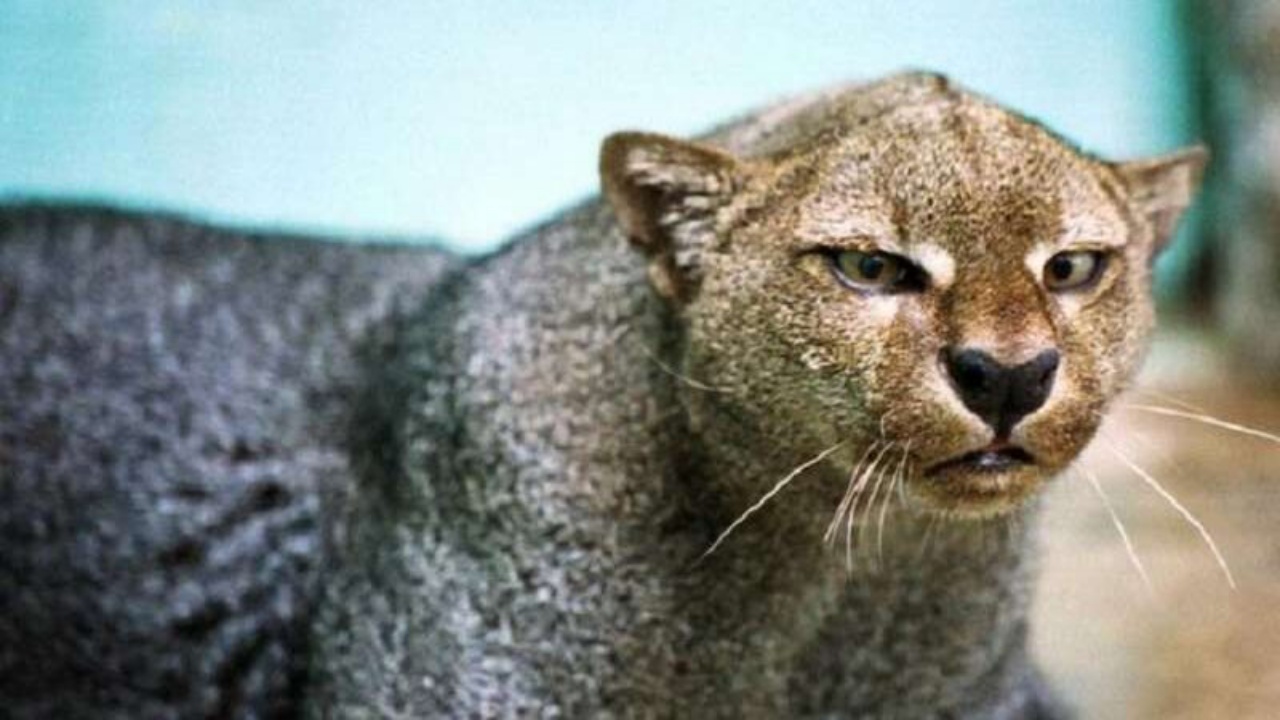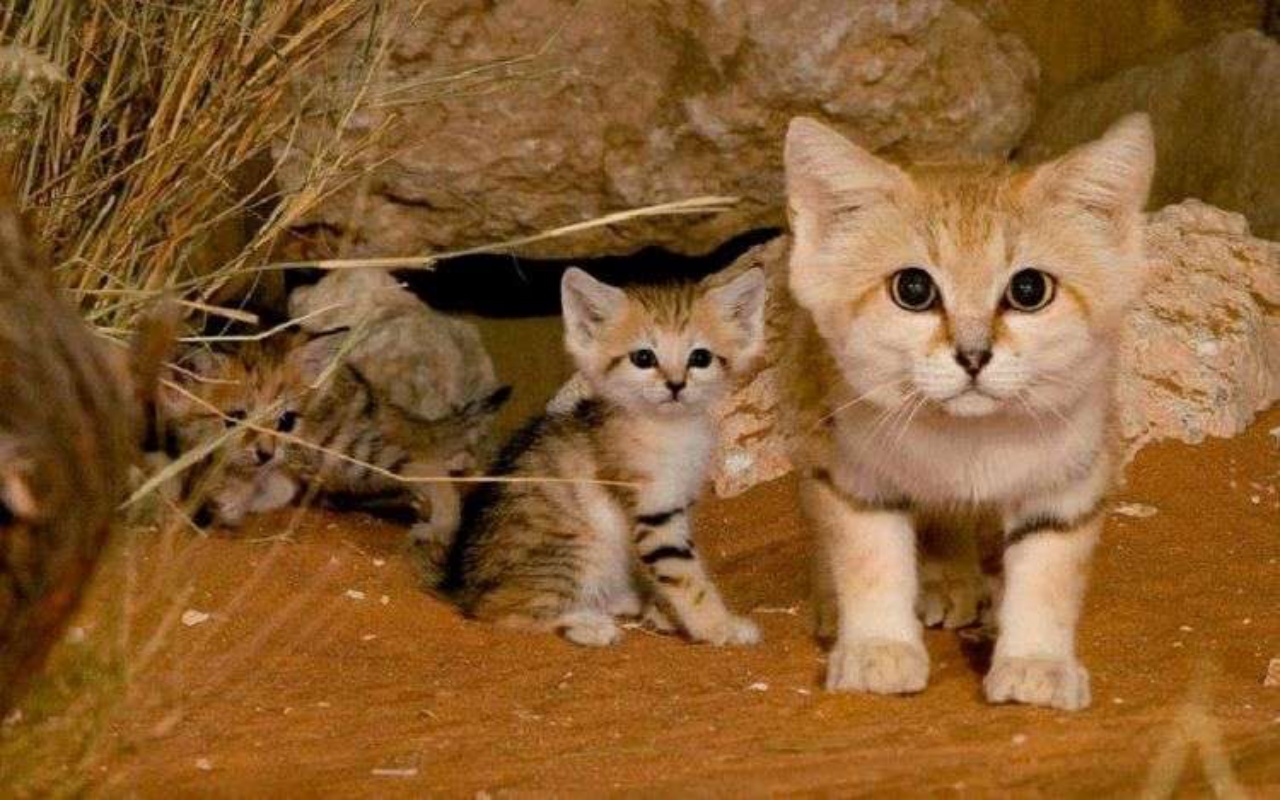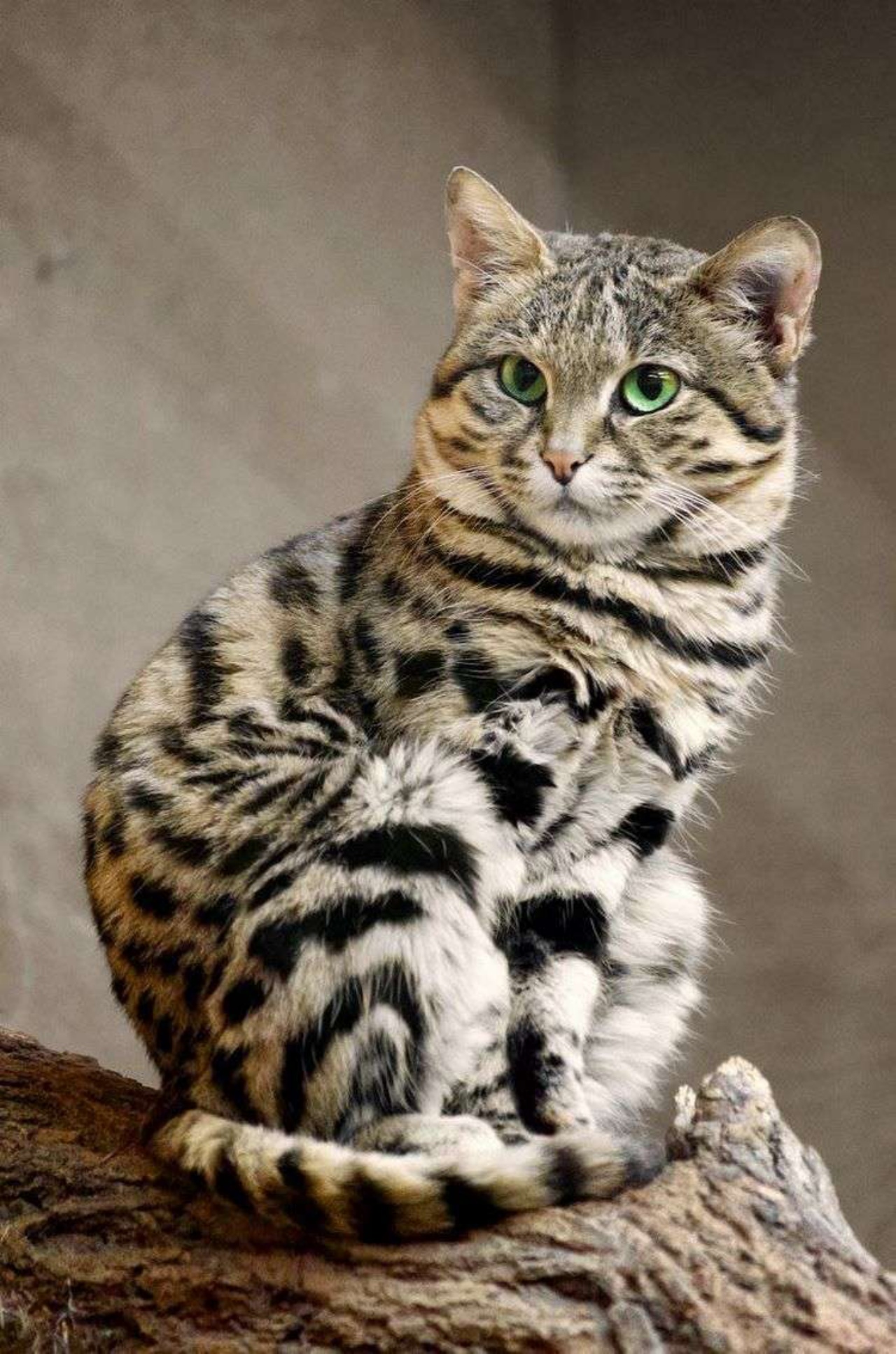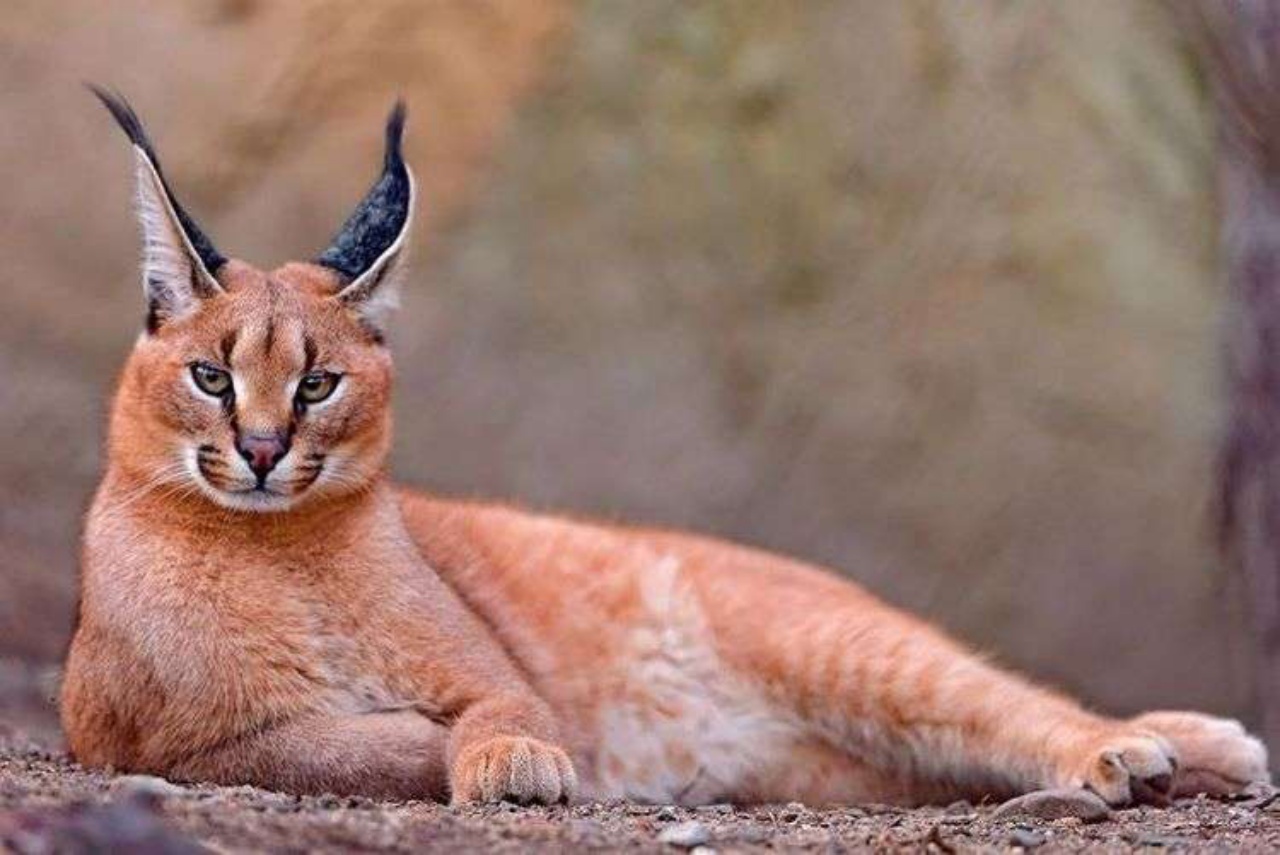For a long time, cats have been known for their beauty, elegance, and grace. However, there are also cats that, despite their wild origins, enchant animal lovers all over the world. Wild cats are fascinating creatures that inhabit different regions of the planet, from Africa to Asia, Europe to America. In this article, we will explore the lives of wild cats, their unique characteristics, and their role in the ecosystem. We will introduce you to four breeds of wild cats that are sure to make you fall in love with them.

Features of Wild Cats: Wild cats belong to various species, each with their own unique characteristics. Some of the most well-known species include leopards, tigers, lynxes, and swamp cats. Although these felines vary in size and appearance, they share common features that distinguish them from their domestic counterparts. They are agile animals with exceptional vision and hearing, sharp claws, and sturdy teeth. Their fur often displays a unique pattern that helps them blend into their natural environment.

Wild cats have been able to adapt to a variety of habitats, ranging from tropical forests to open plains. Tigers, for instance, can predominantly be found in Asian forests. On the other hand, lynxes are typically found in northern regions of Europe, Asia, and North America. Each species has developed unique hunting habits and behavior to best suit their particular environment.

Hunting Behaviors: Wild cats are skilled predators and specialize in hunting prey of various sizes. Their hunting strategies vary from species to species, but they are generally characterized by silent movements, great agility, and speed. These felines can hide in tall grass, climb trees, or blend into surrounding vegetation to surprise their prey. Some species, such as leopards, are known to drag their victims up trees to protect them from other predators.

Role in the Ecosystem: Wild cats play a vital role in maintaining the balance of the ecosystems they inhabit. They control herbivore populations, contributing to the preservation of abundant biodiversity. Additionally, their presence can also influence vegetation growth and seed dispersal through their movements. Conservation and Threats: Sadly, many species of wild cats are threatened by human actions. Habitat destruction, illegal hunting, and poaching are the main threats to the survival of these magnificent creatures. Numerous conservation efforts are currently underway to protect endangered species, including the establishment of national parks, strengthening wildlife protection laws, and education on conservation. Wild cats are fascinating and mysterious inhabitants of the animal kingdom. Their beauty and majesty awe observers worldwide. Protecting and conserving these splendid creatures is fundamental to preserving the balance of global ecosystems. We must work together to ensure that wild cats can continue to enchant future generations with their indomitable presence and timeless charm.




